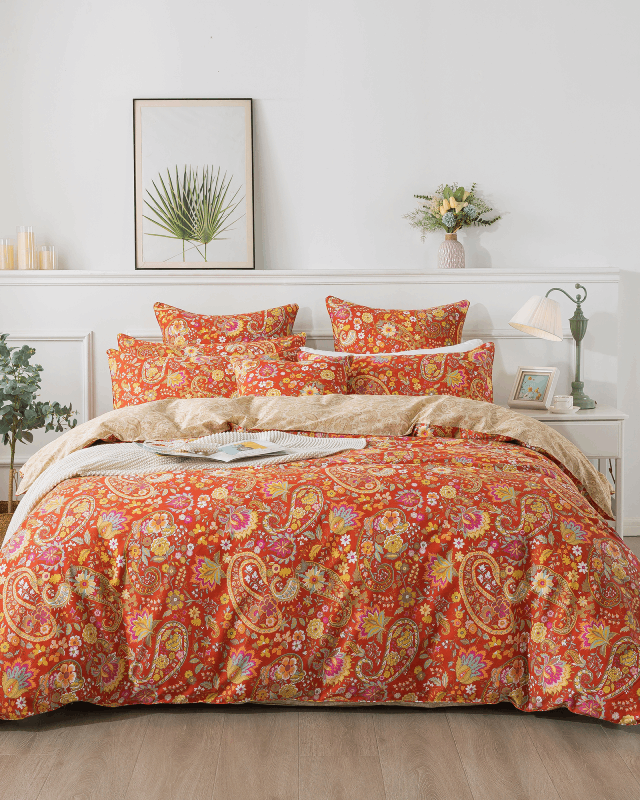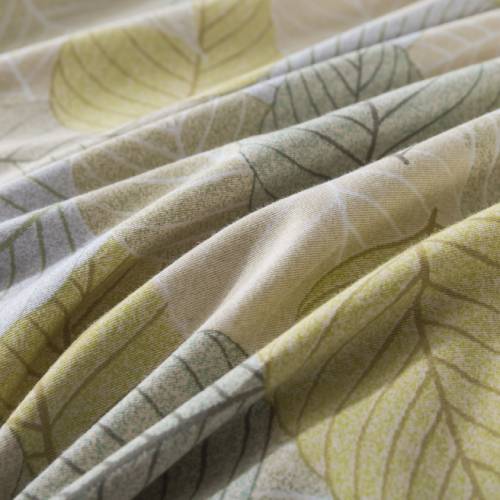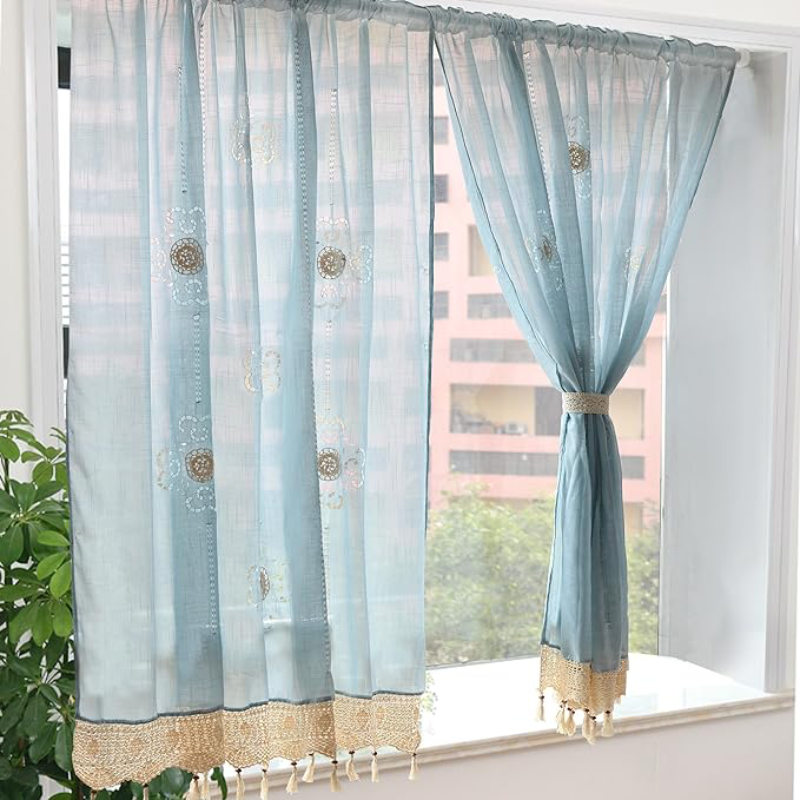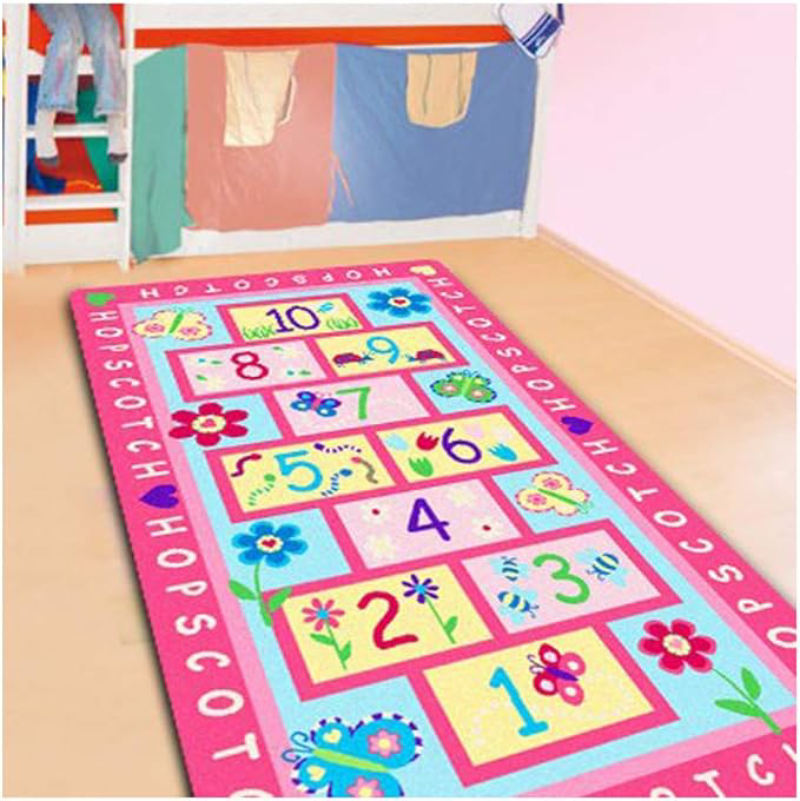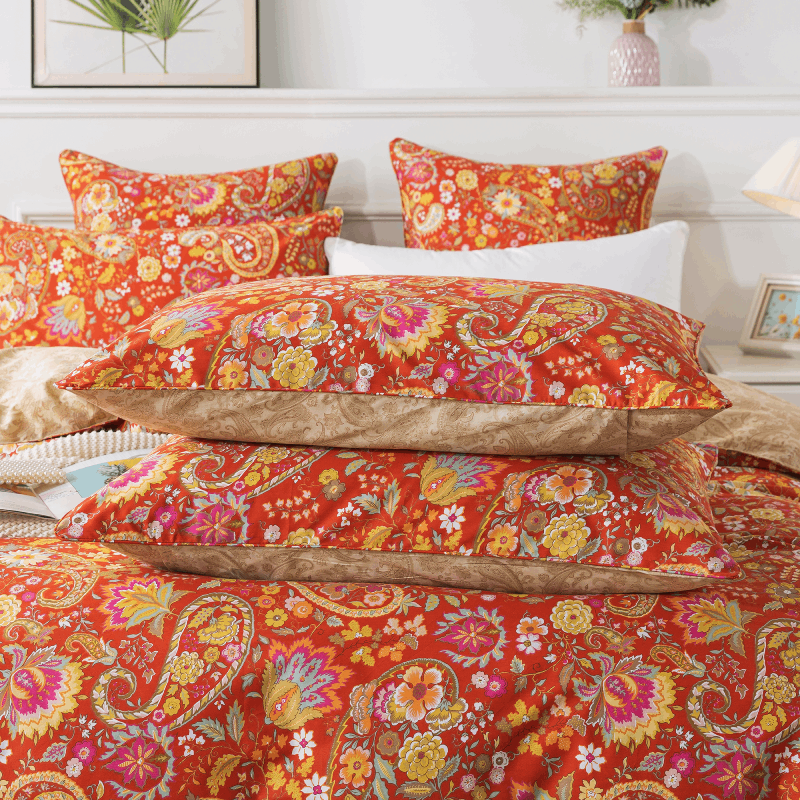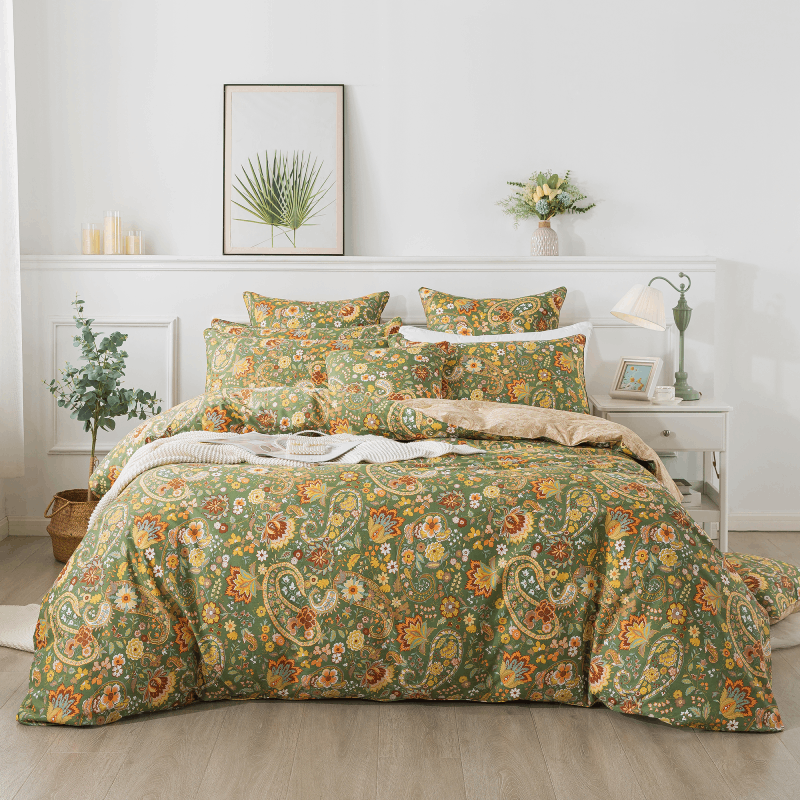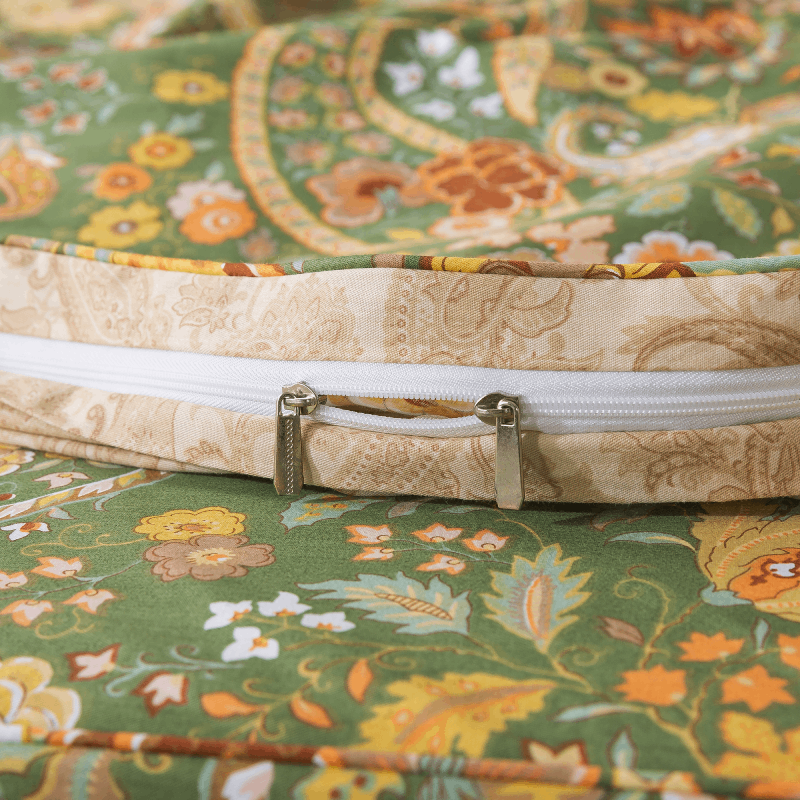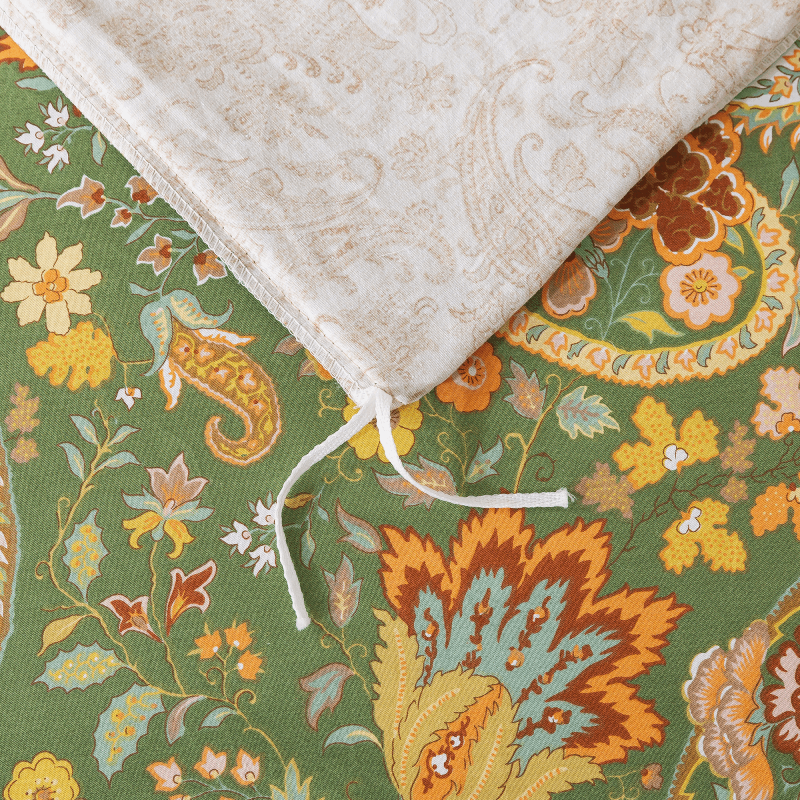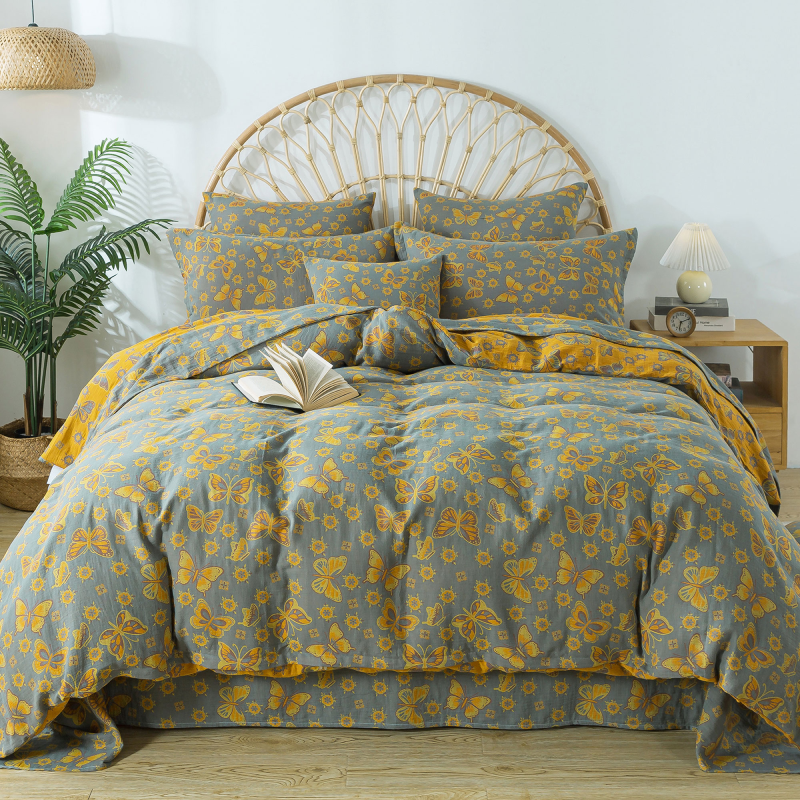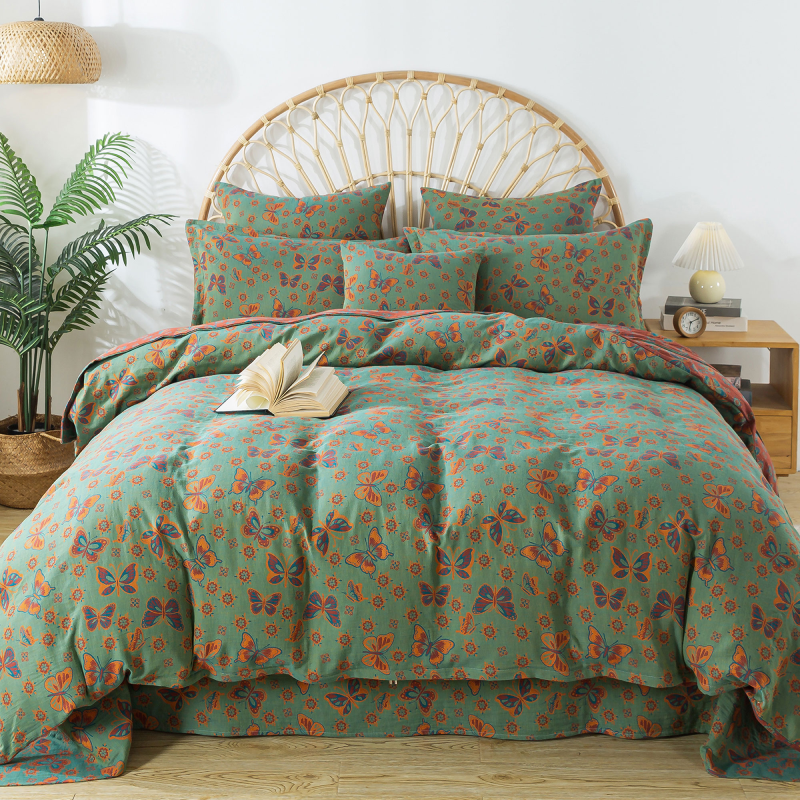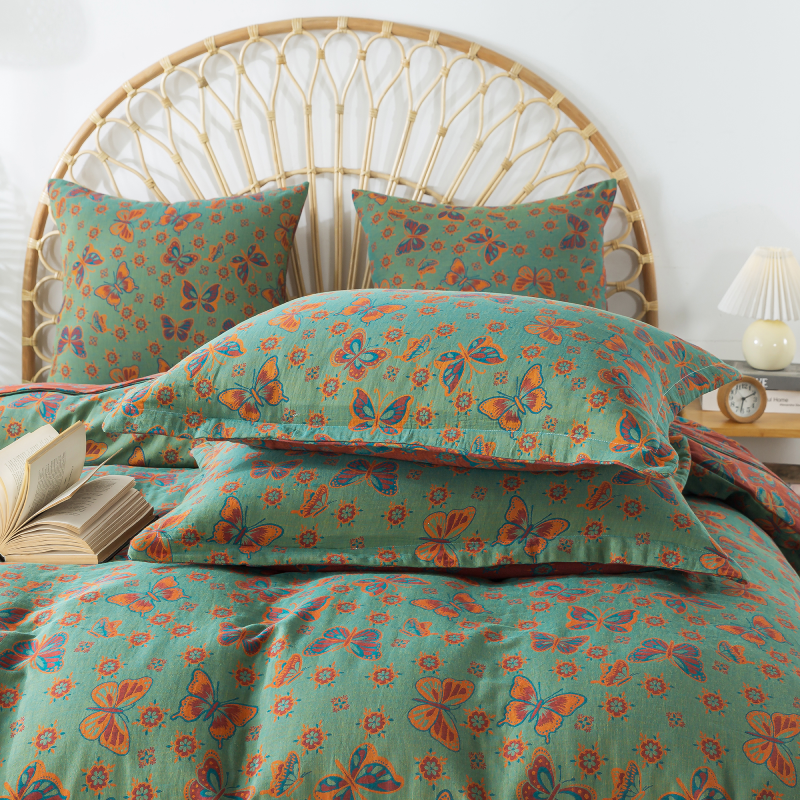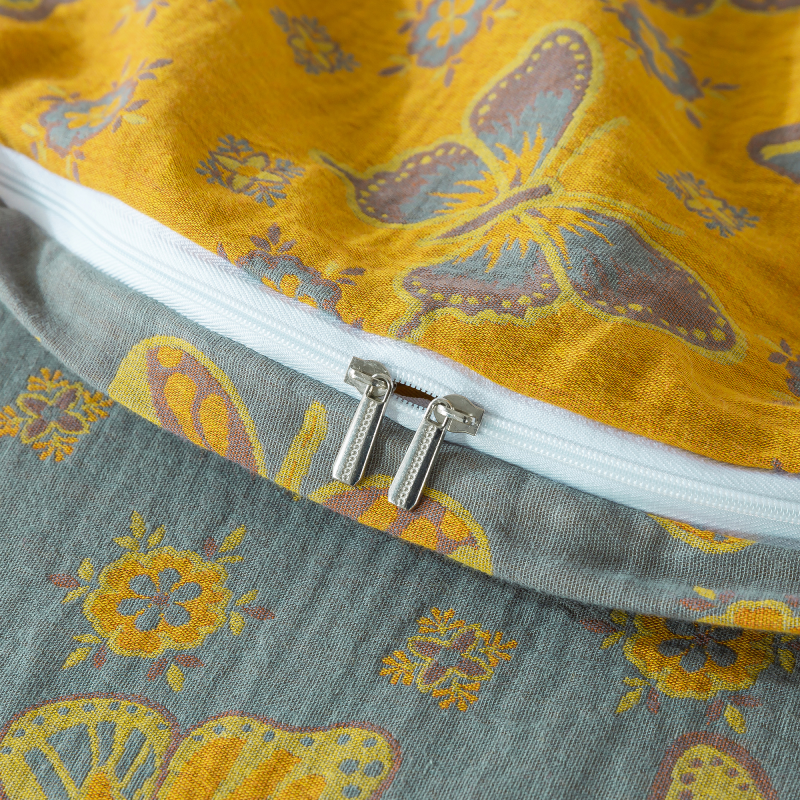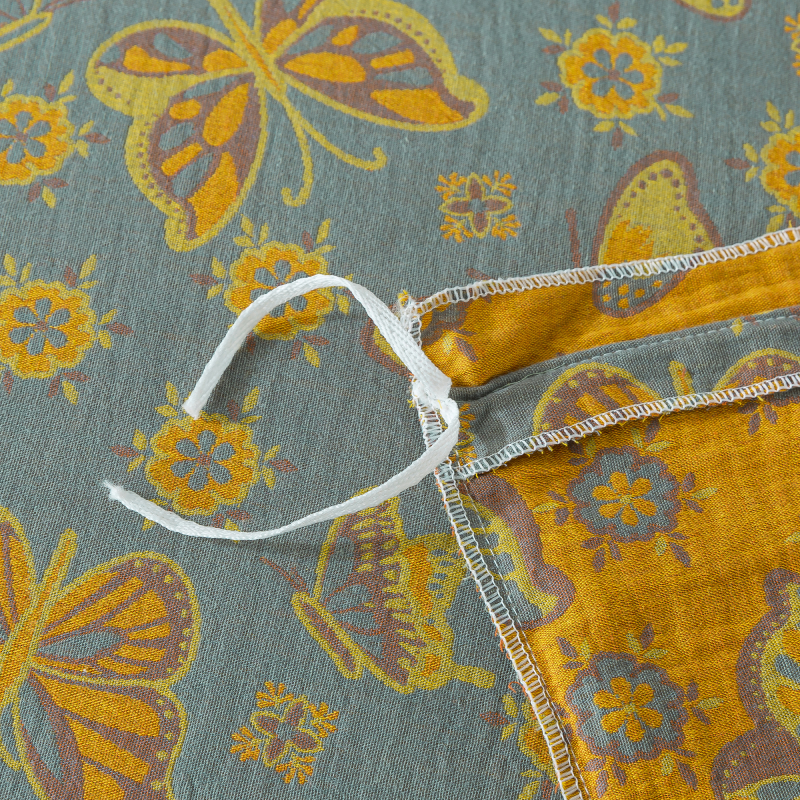Comforter vs Duvet: 10 Key Differences Explained
Comforter is a thick, quilted blanket typically filled with synthetic or cotton materials and is used as the main bedding for warmth. Duvet is a soft, flat bag filled with down or synthetic down, designed to be used inside a duvet cover. The key difference is that a duvet requires a cover for protection and styling, while a comforter is a complete bedding piece on its own.
Below are 10 key differences between a comforter and a duvet.-
Filling
Comforters are filled with synthetic materials or cotton. Duvets are usually filled with down or synthetic down. -
Weight
Comforters tend to be heavier because the filling is sewn directly into the fabric. Duvets are typically lighter and less bulky, especially those filled with down. -
Size
Comforters come in standard sizes designed to fit mattresses. Duvets, while also available in standard sizes, can be paired with different covers for better customization in both fit and appearance. -
Care
Comforters are easy to maintain as they are a single unit that can be machine-washed. Duvets require washing both the duvet and its cover, making them more labor-intensive to care for. -
Price
Comforters are typically more affordable because they are made from simpler materials. Duvets are more expensive due to the high-quality fillings and the added cost of duvet covers. -
Durability
Comforters can lose their shape and warmth retention over time, especially with frequent washing. Duvets last longer because the duvet cover protects the filling from wear and tear. -
Insulation
Duvets offer better insulation due to their loftier structure. Comforters do not provide the same level of insulation. -
Structure
Comforters are a single piece, making them easier to use. Duvets consist of a duvet cover and insert, offering more flexibility in terms of design and maintenance. -
Breathability
Duvets are more breathable, preventing overheating while keeping you warm. Comforters tend to trap more heat, which can be uncomfortable for some sleepers. -
Effect on Sleep Quality
Duvets offer better sleep quality due to their insulation and breathability. Comforters do not regulate temperature as effectively, which may impact comfort and sleep quality.
Why is a Duvet Typically Warmer Than a Comforter?
As mentioned earlier, the main difference between a comforter and a duvet lies in their structure and filling. Duvet is typically warmer than a comforter due to its loftier filling, usually made of down or synthetic down. These materials trap more air, which provides better insulation and helps retain body heat more effectively. In contrast, comforters are often filled with synthetic materials or cotton, which do not offer the same level of loft or heat retention.
The structure of a duvet also contributes to its warmth. It consists of an insert and a cover, which helps maintain the loft and insulation properties of the filling. Comforters, on the other hand, are a single piece, limiting their ability to trap air and heat as efficiently.
Overall, the combination of better insulation and loftier filling makes duvets generally warmer than comforters.

